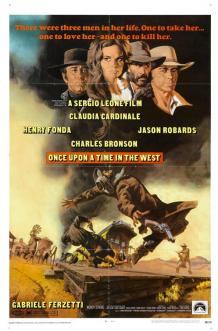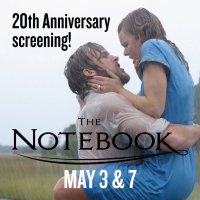"Renowned Italian director Sergio Leone had achieved what many believed to be the pinnacle of success in 1966, following completion of the last film of his famous Dollars trilogy, 'The Good, The Bad, and the Ugly'. Despite receiving universal accolades, he decided that he had said everything he wanted to say, and would not be returning to the Western genre. Hollywood studios, however, had other ideas, and wanted to capitalize on his talent and record of success. United Artists offered him opportunity to make a new Western, and his choice of the leading actors of the day. Leone declined, but when Paramount made a very generous financial offer, which also included an opportunity to work with Henry Fonda, Leone’s favorite actor, he agreed. Leone hired Bernardo Bertolucci and Dario Argento to assist him in crafting a screenplay. A fine cast was assembled, which included Henry Fonda as Frank, Claudia Cardinale as Jill McBain, Jason Robards as Manuel 'Cheyenne' Gutiérrez, and Charles Bronson as 'Harmonica'.
"The film is set in Flagstaff Arizona in the late 19th century and entwines two stories; a land battle regarding the region’s only fresh water source, which is needed for a planned railroad line route to the Pacific Ocean, and a brother avenging the death of his older brother at the hands of a ruthless cold-blooded killer. Critical reception was initially mixed, receiving no Academy Award nominations. However, over the years the film has grown significantly in stature, with many regarding it as the finest Western ever made. In 2009 the film was honored and selected for preservation in the United States Film Registry by the Library of Congress.
"Sergio Leone and Ennio Morricone constituted one of the finest collaborative partnerships in the history of Cinema and there was never any doubt that he would be asked to score the film. He readily accepted Leone’s offer and on his specific instructions composed the score based solely on the screenplay prior to the start of filming. Such faith did Leone have in Morricone’s gift, that he would adapt his filming to support the individual compositions. Morricone was well familiar with Leone’s sensibilities in the Western genre. While American directors used the vast vistas as a backdrop to their story-telling, for Leone the vistas, rugged terrain and desert colors were as much an actor in the film’s narrative as the actors themselves. As such throughout the film Morricone speaks to this often with Leone adapting his filming and cinematography to achieve a masterful confluence to the already recorded score." - Craig Lysy, Greatest Scores of the 20th Century























